Dec. 10, 2025

Jump
Welcome to the BIM ThinkSpace blog! This is where new models and BIMei Community insights are first released into the public domain. It also publishes key contributions from invited Guest Authors. Make sure to subscribe to our mailing list to receive updates.
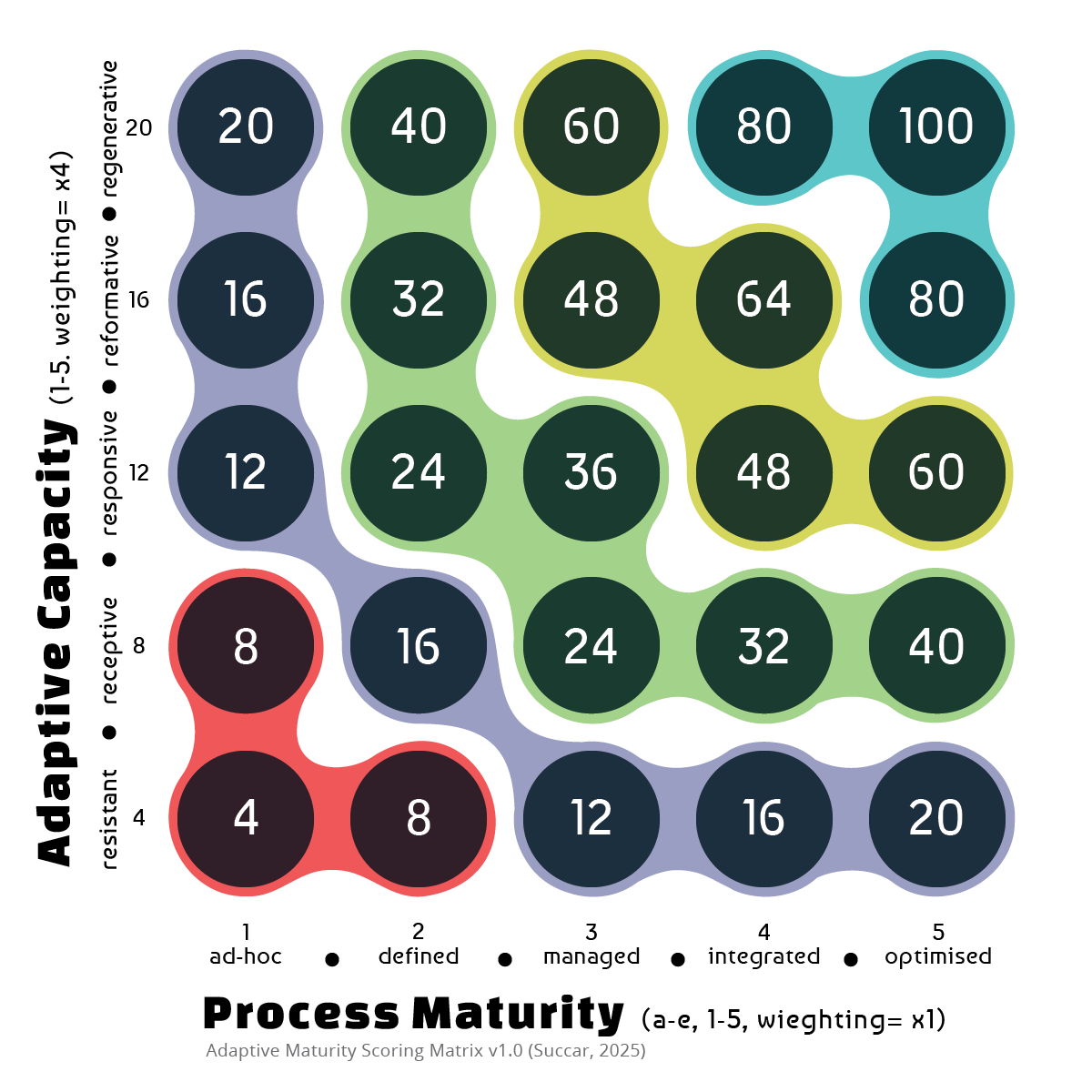
Episode 28 shows how to measure an organisation’s Adaptive Maturity using two complementary evaluation methods. Building on the four AM States introduced in Episode 27, this episode explains how to score Adaptive Capacity and Process Maturity, map results onto the 5×5 AM Matrix, and generate an Adaptive Maturity Benchmark. It also includes an interactive microtool for rapid scoring and sample pathways to guide Adaptive Maturity improvement efforts.
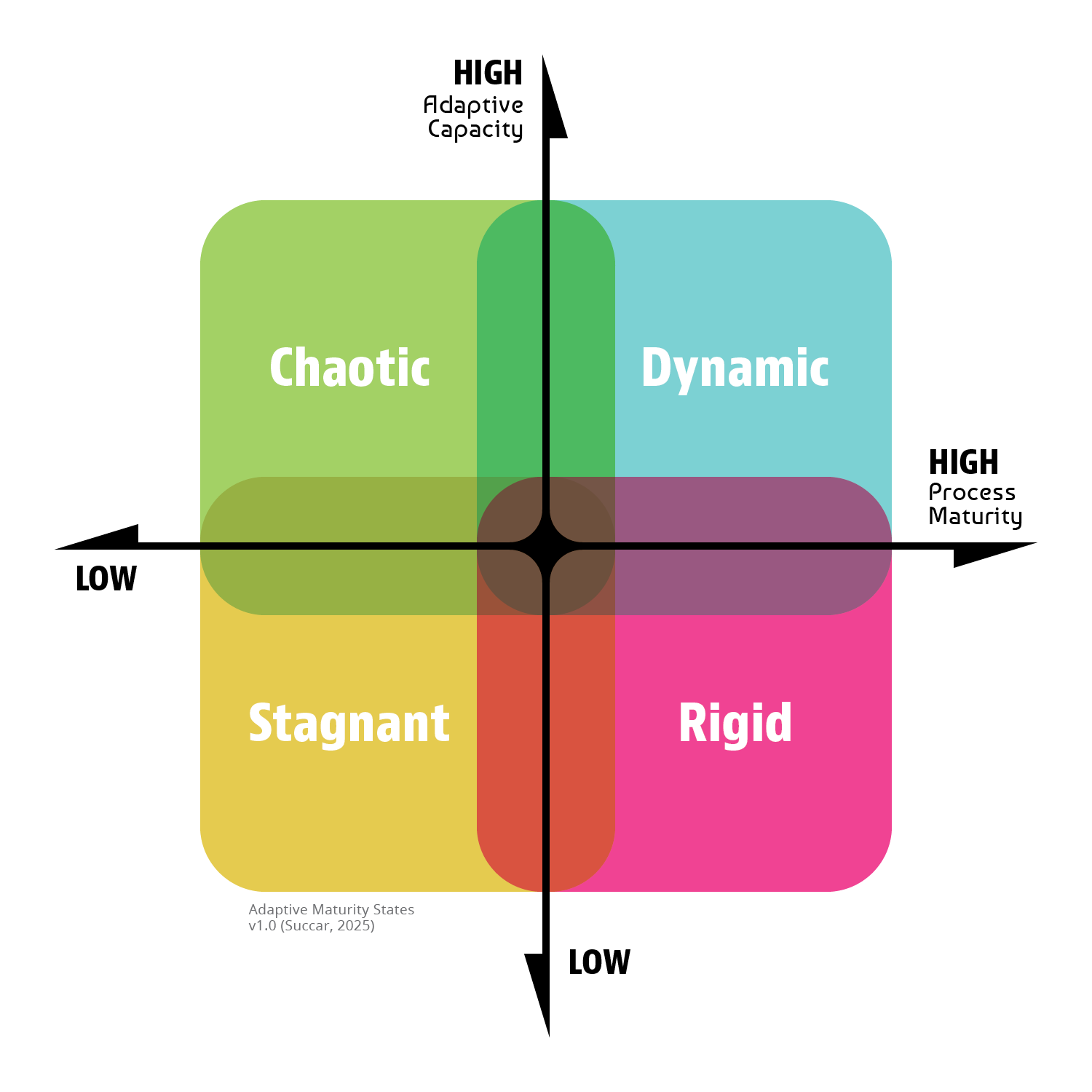
Nov. 25, 2025
Episode 27: Understanding Adaptive Maturity
Episode 27 introduces Adaptive Maturity, a new model that explains why organisations respond so differently to technological and market disruptions. By combining two critical dimensions – Adaptive Capacity (agility, resilience, vitality, and culture) and Process Maturity – the model identifies four distinct organisational states: Stagnant, Chaotic, Dynamic, and Rigid.
Developed through nearly two decades of digital transformation consulting and digital maturity assessments across 20+ countries, Adaptive Maturity offers practitioners a clear diagnostic lens for understanding how organisations behave under pressure. It helps reveal why some teams convert disruption into opportunity while others stall, repeat mistakes, or rely on temporary fixes.
This episode establishes the conceptual foundation for measuring and improving Adaptive Maturity. It also compares the model with established frameworks – including Diffusion of Innovation and Dynamic Capabilities – to clarify where existing approaches fall short and how this new model fills the gap.

Jul. 09, 2025
Episode 26: Effects of Disruption on Performance
The article introduces the Effects of Disruption on Performance model, which enables organisations to:
– Define a performance disruption as a measurable event or change (innovation, shock or stress) that causes performance to diverge from a baseline.
– Classify disruptions by polarity (positive/negative) and origin (external/internal).
– Deploy a Disruption Response Matrix with four response types – Performance Elevation, Stagnation, Decline and Recovery-illustrated with construction-industry examples.
– Assess disruption likelihood and preparedness levels via dedicated matrices.
– Act through a three-step workflow: classify scenarios, apply the response framework, and build adaptive capacity.
Three examples are provided covering BIM implementation, LLM integration, and blockchain-based asset registries, demonstrating how the model turns potential setbacks into sustained performance gains.
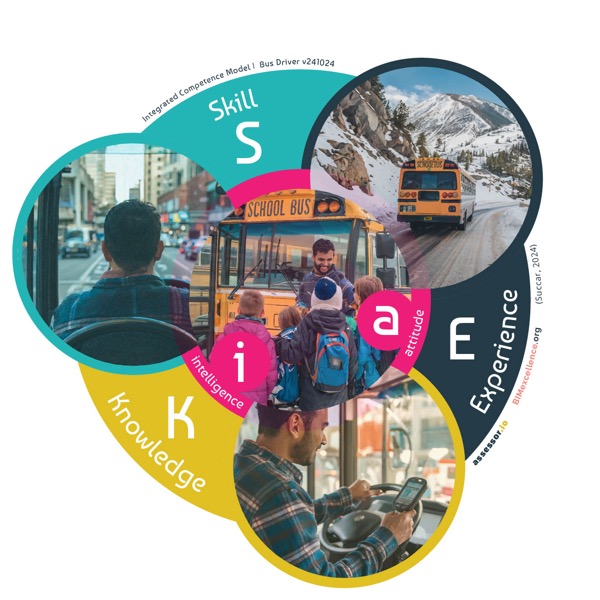
Nov. 06, 2024
Episode 25: Redefining Competence, a five-component model for digital transformation
The construction industry is undergoing a digital transformation driven by new technologies and standards. At the core of this change are the individuals—architects, engineers, constructors, and more—who need to adopt these innovations. To succeed, each practitioner must be digitally competent and adaptable to new, information-rich environments. This BIM ThinkSpace post introduces a model to clarify and improve individual digital competence across the construction sector. Discover the five components of competence—Knowledge, Skill, Experience, Intelligence, and Attitude—that form the foundation for effective performance.
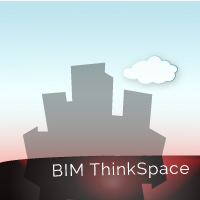
Mar. 18, 2017
The BIMe Initiative
This post introduces the BIMe Initiative, a community-based effort to improve the performance of the construction industry through high-impact research and open knowledge sharing. The BIMe Initiative is supported by clear knowledge structures, a network of international subject matter experts, and an expanding modular language.

Sep. 28, 2016
Global Trends in BIM Research
This post provides an overview of Global BIM research trends by analyzing a large number of BIM-focused publications. The simple methodology adopted, shear extent of review effort and visual nature of analysis provide an excellent overview of BIM research coverage. The approach taken represents a solid basis for researchers to expand this study by analyzing more publications and identify the knowledge gaps to be addressed in the BIM domain.

Sep. 07, 2016
Data Aggregation and Information Search in AEC/FM Industry
In this guest post, Mehmet Yalcinkaya and Vishal Singh summarise the information management challenge faced by the construction industry. Based on their quality academic research, they introduce a number of principles and a digital solution to visually address this challenge.

Jul. 19, 2016
The Many Faces of ‘LOD’
This guest post by Marzia Bolpagni provides a comprehensive review of the ‘LOD’ term and its many nuances from across the world. It includes comparative tables and detailed charts.

Mar. 27, 2016
Translations
This page provides a list of translated BIM ThinkSpace episodes and other translated material referenced in these episodes. All translations are contributed by highly-experienced practitioners and specialist researchers. Many of these contributions have been peer-reviewed prior to publication. I am indebted to all contributors and reviewers them for their generosity and excellent efforts. Translated Episodes The below table provides links to all translated

Dec. 18, 2015
El rol que (pueden) juegan los Responsables de Formular la Política en la adopción de BIM
Raramente pasa una o dos semanas sin que oigamos hablar de una nueva iniciativa BIM en un país u otro. Está claro que el ritmo de adopción de BIM se ha acelerado considerablemente en los dos últimos años y la nueva oleada de implementación tiene por objetivo la Europa continental. Se detectan continuos esfuerzos en Alemania, Francia y España y

Nov. 12, 2015
Difusión BIM Descendente, Ascentente o Radial
BIM diffusion within organizations and across markets is typically understood to be either top-down or bottom-up. However, there is a third and quite powerful dynamic that needs to be acknowledged.

Oct. 29, 2015
The Tin Jubilee
Ten years is a long time…that’s how long this blog has been running! On Oct 29, 2005, the first post was published and, since then, a few more. I’d like to take this opportunity to thank those who subscribed or commented. Also, my sincere appreciation to all colleagues who contributed their thoughts as guest authors, translated posts into their native

Oct. 16, 2015
BIM ThinkSpace in Italian
A number of BIM ThinkSpace Episodes are now available in Italian. These translations follow a collaborative effort with Mr Lorenzo Nissim and his colleagues at the Institute for BIM Italy (iBIMi). I truly appreciate their efforts in sharing the BIM Episodes with a wider international audience. Please note that both Italian and Spanish translations cover all Figures (images) and are true

Oct. 16, 2015
Comparación de la madurez BIM de los países
Which country leads the world in BIM adoption? Is it Singapore, the UK or the US? Maybe it is Australia or one of the Scandinavian team? This post discusses an ongoing investigation to identify and compare the BIM maturity of countries using specially developed metrics.

Sep. 09, 2015
Episode 24: Understanding Model Uses
Episode 24 introduces ‘Model Uses’, the intended or expected deliverables of using 3D models on projects. This peer-reviewed article clarifies the term from an information management perspective. It then delivers a comprehensive Model Uses List that can be used to populate project protocols and facilitate performance assessment.

Aug. 25, 2015
BIM for Project Managers, a UK perspective
In this guest post, Ralph Montague offers his insights into the changing role of the Project Manager in the UK following the Government’s BIM requirements. To assist PMs to fulfil their BIM role, Ralph introduces five basic questions that they need to ask in every project meeting. He offers multiple references to applicable standards, protocols and templates, and provides a quick BIM Level 2 checklist for PMs to include into their project’meeting agendas.

Jul. 20, 2015
Comprender el maquillaje BIM
El maquillaje BIM (BIMwash en inglés) es un término que describe una reivindicación desmesurada – y a veces engañosa – del uso o prestación de productos o servicios BIM. Una organización que lleva a cabo un maquillaje BIM generalmente se dedica a promover sus reivindicaciones de capacidad BIM injustificada a través de su equipo, página web, ofertas y/o material comercial.

May. 26, 2015
El índice de madurez BIM
Después de haber presentado las diferencias básicas entre Capacidad BIM y Madurez BIM en el Episodio 11 y de haber tratado brevemente sobre los muchos y relevantes modelos de madurez en el Episodio 12 (aún no traducido), este post introduce una nueva herramienta especializada para medir el desempeño BIM: el Índice de Madurez BIM (BIMMI).

May. 06, 2015
Episode 23: Stakeholders’ Role in Macro BIM Diffusion
BIM ThinkSpace Episode 23 identifies industry stakeholders sharing the responsibility of leading, supporting or – at least – participating in macro BIM diffusion. The a new model is introduced with Player Groups, Player Types and unique BIM Players; each can be assessed against Macro Maturity Components using a simplified Player Role index. By identifying industry stakeholders as a network of actors, the post calls for the development of a comprehensive, structured and coordinated BIM diffusion strategy within countries and across international markets.

Apr. 23, 2015
La diferencia entre Capacidad BIM y Madurez BIM
La historia Empezaremos contando una breve historia. Había una vez dos organizaciones de arquitectura e ingeniería que decidieron adoptar BIM. Ambas organizaciones eran de tamaño medio, operaban en el mismo mercado y tenían los mismos departamentos. Las dos eran capaces de abordar grandes proyectos de diseño y construcción de presupuesto superior a $200m, en el sector de la Sanidad. Y

Mar. 24, 2015
Efecto del BIM en las fases del ciclo de vida de un Proyecto
This post (in Spanish) discusses how BIM will first blur the lines separating different project lifecycle phases: Design Construction and Operations. As model-based collaboration takes hold, lifecycle players start moving into each other’s territory until finally, as network-based integration becomes the norm, lifecycle phases overlap extensively causing major changes within industry.

Mar. 24, 2015
Episodes published in Spanish
I am pleased to announce that a number of BIM ThinkSpace episodes will be published in Spanish. The first to be published is Episode 10: Efecto del BIM en las fases del ciclo de vida de un Proyecto (Effects of BIM on Project Lifecycle Phases, first published Nov 24, 2008). Note: Link updated May 5, 2016 The second is Episode
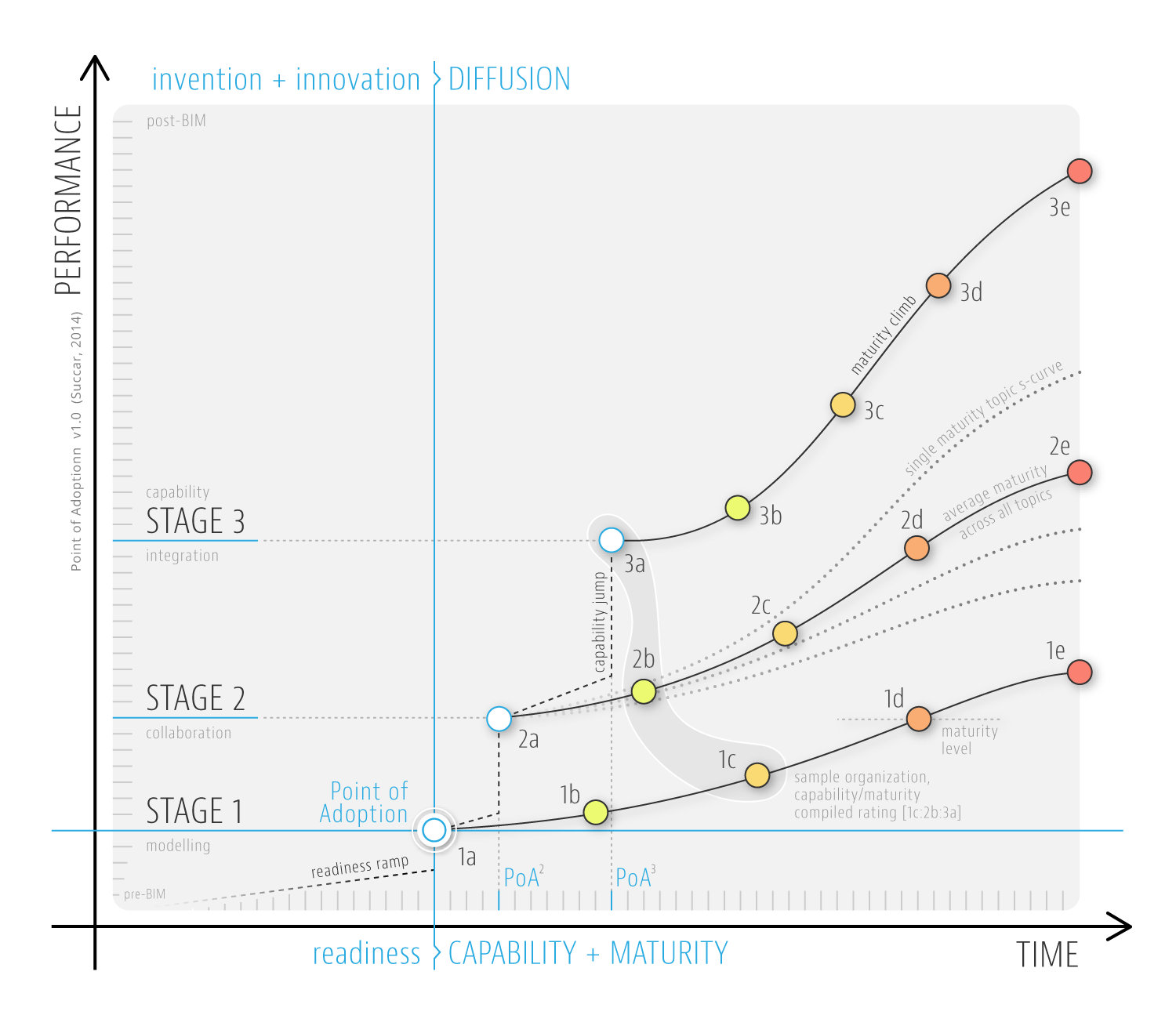
Feb. 10, 2015
Episode 22: The Wedge and the S-Curve
BIM ThinkSpace Episode 22 compares the UK BIM Maturity Model (Bew-Richards) with the BIM performance models developed as part of the BIM Framework (Succar). The comparison highlights the benefits of separating country-specific strategy models from country-agnostic performance models, and how both are needed in every market.

Jan. 27, 2015
Episode 21: The Eight Components of Market Maturity
BIM ThinkSpace Episode 21 introduces the Macro Maturity Components model which can be used to: (a) assess a country’s current BIM diffusion policy, (b) compare the BIM maturity of different countries, and (c) assist policy makers in developing a comprehensive BIM national initiative or diffusion policy. The model includes eight components (e.g. Legal Framework, Education, and Technology Infrastructure), each assessed using specialised metrics at five levels of maturity.

Jan. 16, 2015
Episode 20: The role policy makers (can) play in BIM adoption
Episode 20 introduces a set of actions a policy maker can take to facilitate BIM adoption across a market. A Macro Adoption Model is presented to describe three main implementation activities (communicate, engage and monitor) that can be conducted at three levels of intensity (passive, active and assertive). Policy makers can use the model to assess international efforts and develop their own country-specific BIM diffusion policy.
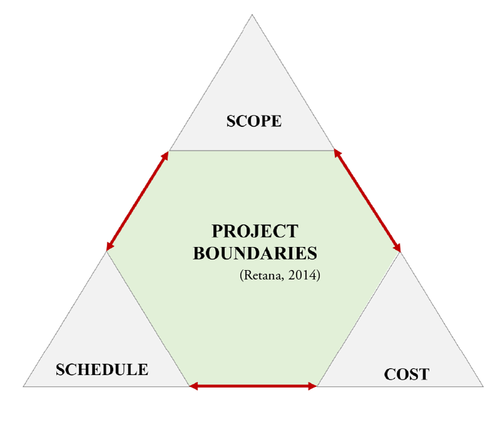
Aug. 20, 2014
BIM Scope Creep
Building Information Modelling (BIM) is an essential part of the construction procurement process. However, when BIM deliverables are indiscriminately injected into the scope of services of project players, or across the construction supply chain, a BIM scope creep will occur…By guest author Rexter Retana.
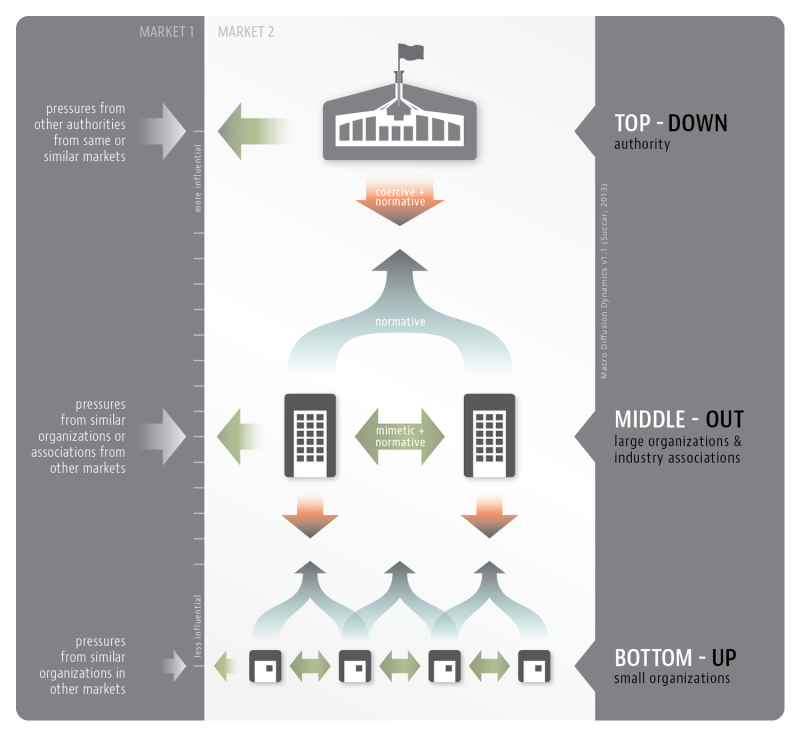
Jul. 12, 2014
Episode 19: top-DOWN, bottom-UP and middle-OUT BIM diffusion
BIM diffusion within organizations and across markets is typically understood to be either top-down or bottom-up. However, there is a third and quite powerful dynamic that needs to be acknowledged.

Aug. 15, 2013
Episode 18: Comparing the BIM Maturity of Countries
Which country leads the world in BIM adoption? Is it Singapore, the UK or the US? Maybe it is Australia or one of the Scandinavian team? This post discusses an ongoing investigation to identify and compare the BIM maturity of countries using specially developed metrics.
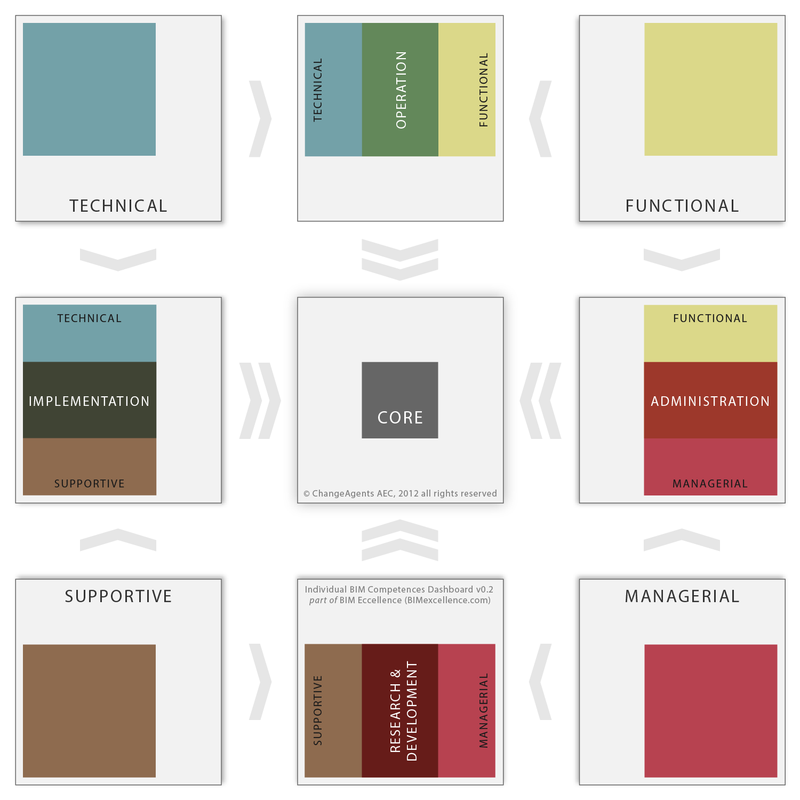
Aug. 09, 2012
Episode 17: Individual BIM Competency
Episode 17 continues the discussion on BIM Capability/Maturity assessment and focuses on the BIM competency of individuals engaged in managing, facilitating and delivering model-based projects. What are Individual BIM Competencies and how are these defined and then measured?
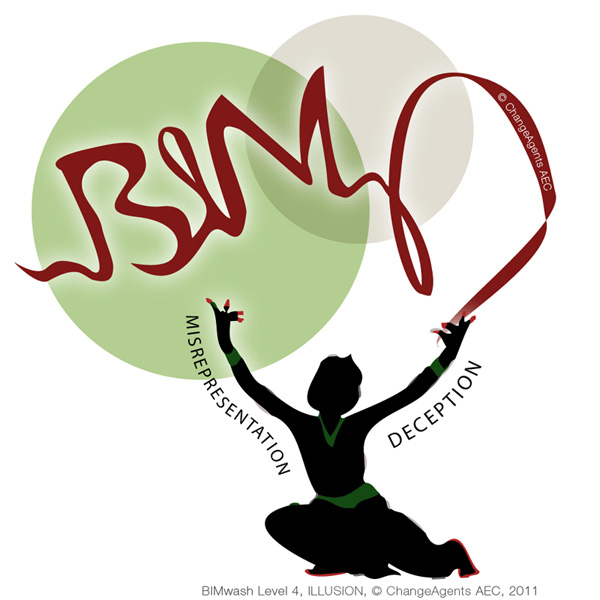
Jun. 06, 2011
Episode 16: Understanding BIM Wash
BIM Wash is a term describing the inflated – and sometimes deceptive – claim of using or delivering Building Information Modelling products or services. An organization which commits BIM Wash is typically engaged in promoting its unwarranted claims of BIM capability through its staff, website, project submissions and/or marketing material. Not all BIMwash is of the same intensity. Mild forms of unwarranted BIM claims can be harmless to a degree while others can be malicious and severely disruptive. To help combat BIMwash, this post identifies its four different levels: Confusion, Inexperience, Exaggeration and Illusion.
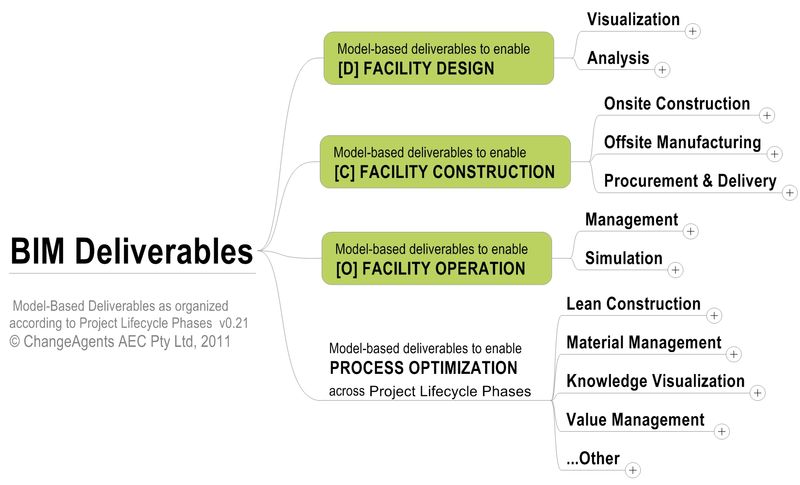
Feb. 02, 2011
Episode 15: Initiating a Collaborative BIM Project
A collaborative BIM project is not a simple undertaking. This is especially true if the project in question is a large facility (e.g. a high-rise building or a major hospital), the project participants lack the necessary experience, or the BIM requirements are not clearly defined. This episode will discuss three main criteria for the primary consultant, the project manager or the independent facilitator to consider when initiating a collaborative, model-based process.
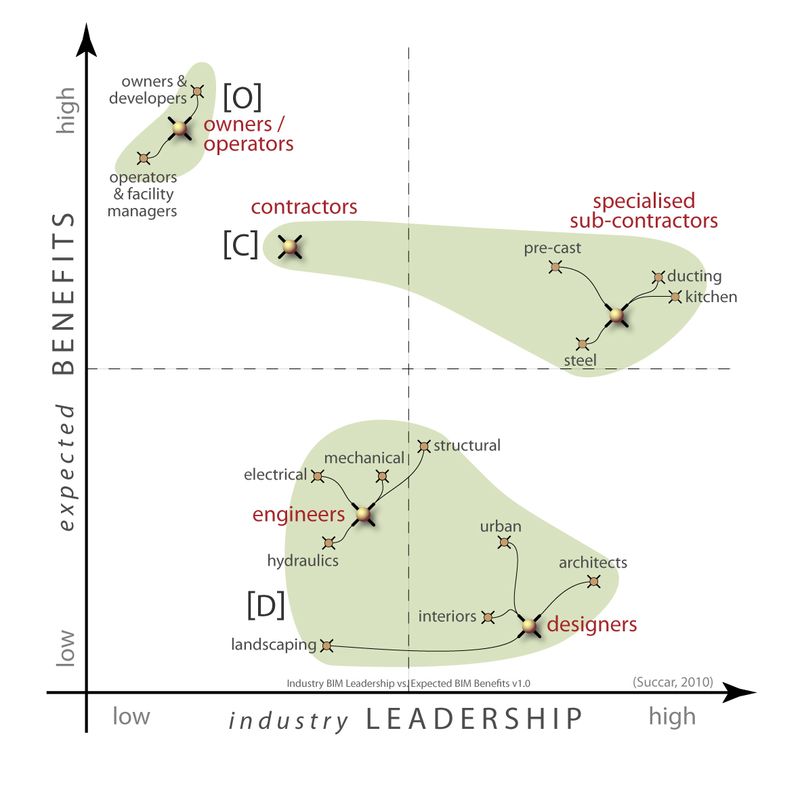
Sep. 04, 2010
Episode 14: Industry Leadership vs. BIM Benefits
This post briefly explorers the intriguing relationship between two industry-level parameters: BIM Leadership (innovation, investment, etc…) and BIM Benefits (reduced errors, fast-tracking, etc…).
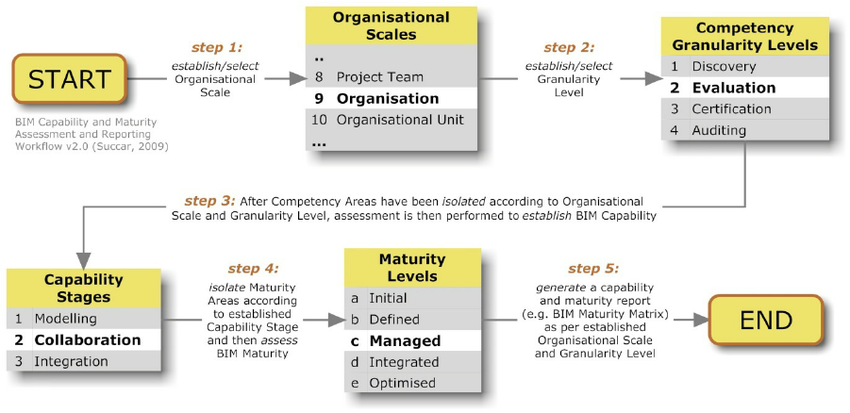
May. 18, 2010
The Five Components of BIM Performance Measurement
This post links to a conference paper introducing a ‘conceptual tool’ to assess Organisational BIM using a performance management lens. The paper introduces five complementary components and a simple workflow to assess BIM capability and maturity of individuals, organisations and teams in a consistent, systematic and certifiable way.

Apr. 13, 2010
BIM Framework, Research Focus Group Sessions
This page is NOW CLOSED. If more data is required, new dates and locations will be added to the table below. Thank you to all those who participated; your feedback has been invaluable! To the kind attention of BIM subject matter experts: You are kindly requested to consider participating in the BIM Framework research project, part of my PhD candidacy

Dec. 18, 2009
Episode 13: the BIM Maturity Index
This post introduces the BIM Maturity Index (BIMMI), a new specialized tool to measure BIM Performance. The five Maturity Levels constituting BIMMI are briefly described and a sample organizational assessment – using both Capability and Maturity metrics – is provided.

Sep. 27, 2009
Episode 12: BIM performance measurement
If BIM implementations by teams and organizations are to achieve the much touted increase in productivity, these implementations need to be measured, compared against some sort of industry benchmarks and – most importantly – independently certified. Without measurement, organizations offering design, construction or operations’ services have no basis on which to improve their processes and deliverables. Without benchmarks and certificates, clients aiming to employ these organizations have no consistent way of understanding their BIM competencies.

Jun. 03, 2009
BIM Episode 11: The difference between BIM Capability and BIM Maturity
Let’s start with a short story about two AEC organisations that – once upon a time – decided to adopt Building Information Modelling. Both organisations were mid-sized firms, operated within the same market and had the same mix of disciplines. Both were able to undertake large Design and Construct (Design and Build) projects of value exceeding $200m within the Health
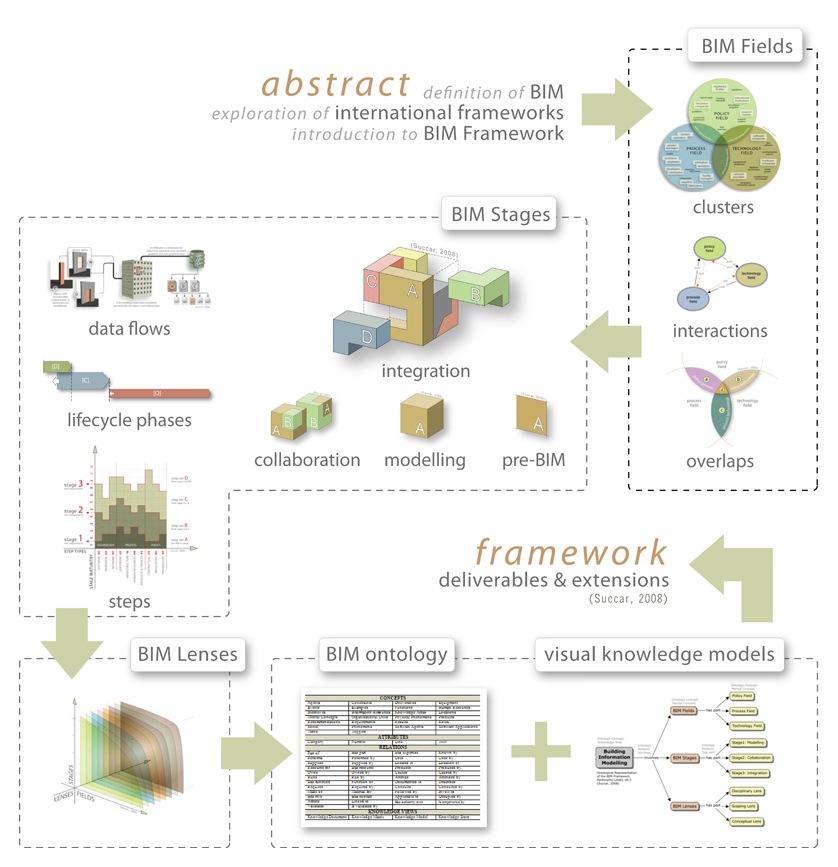
Mar. 19, 2009
The BIM Framework: an Academic Perspective
Many of ThinkSpace’s readers are academically-oriented and may be interested to know that the BIM Framework has now been published in the peer-reviewed Journal of Automation in Construction (Volume 18, Issue 3). The Framework is the basis of most BIM episodes published so far and has allowed the generation of many BIM implementation and evaluation tools (more about that in

Nov. 24, 2008
Episode 10: Effects of BIM On Project Lifecycle Phases
This post discusses how BIM will first blur the lines separating different project lifecycle phases: Design Construction and Operations. As model-based collaboration takes hold, lifecycle players start moving into each other’s territory until finally, as network-based integration becomes the norm, lifecycle phases overlap extensively causing major changes within industry.

Jun. 04, 2008
Episode 9: BIM Steps
The adoption of BIM by an organisation will not happen unintentionally and definitely not in a single giant leap. In fact, it will be deployed through intentional decisions passing through major milestones referred to as BIM Stages. These stages – if well defined – are very useful to understand BIM concepts and visions but are – on their own – not usable in implementation. Further subdivisions are needed: smaller incremental changes that each organisation can make to reach each major Stage, mature within it and then attempt to reach another. These ‘feetstones’ or micro objectives are called BIM Steps. The difference between BIM Stages and Steps is that stages are radical or transformational changes while steps are incremental/evolutionary changes or maturity levels.

May. 24, 2008
BIM News Bits – Interesting Developments
I try not to to blog industry news but sometimes it feels ‘irresponsible’ not to do so. However, I’ll follow the three BIM Nodes logic in my reporting: On the Technology front: the emergent Microsoft Live Mesh technology deserves some attention… Would an enterprise version enable a different approach to BIM Integration (Stage 3) alongside Model Servers and what I
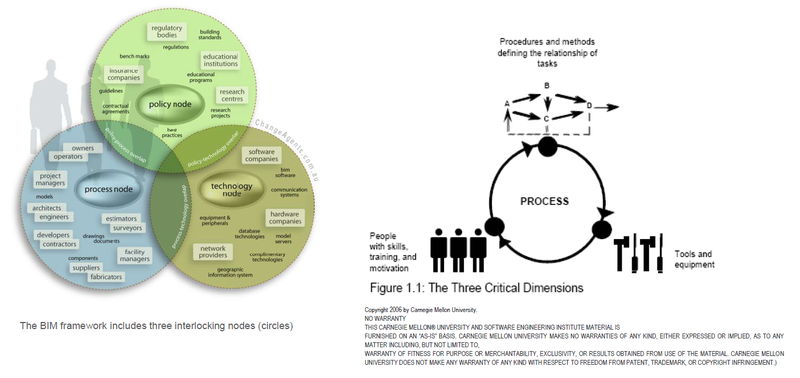
May. 02, 2008
BIM and the Process Improvement Movement
It gives me pleasure to introduce a guest author to BIM ThinkSpace – Sohail Razvi. Through the wonders of web-based professional networking, I met Sohail and we started a discussion that continues to date. This is Sohail’s first web contribution into the topic and I’m delighted he’s chosen BIM ThinkSpace for his well-thought piece. The below article explores a new
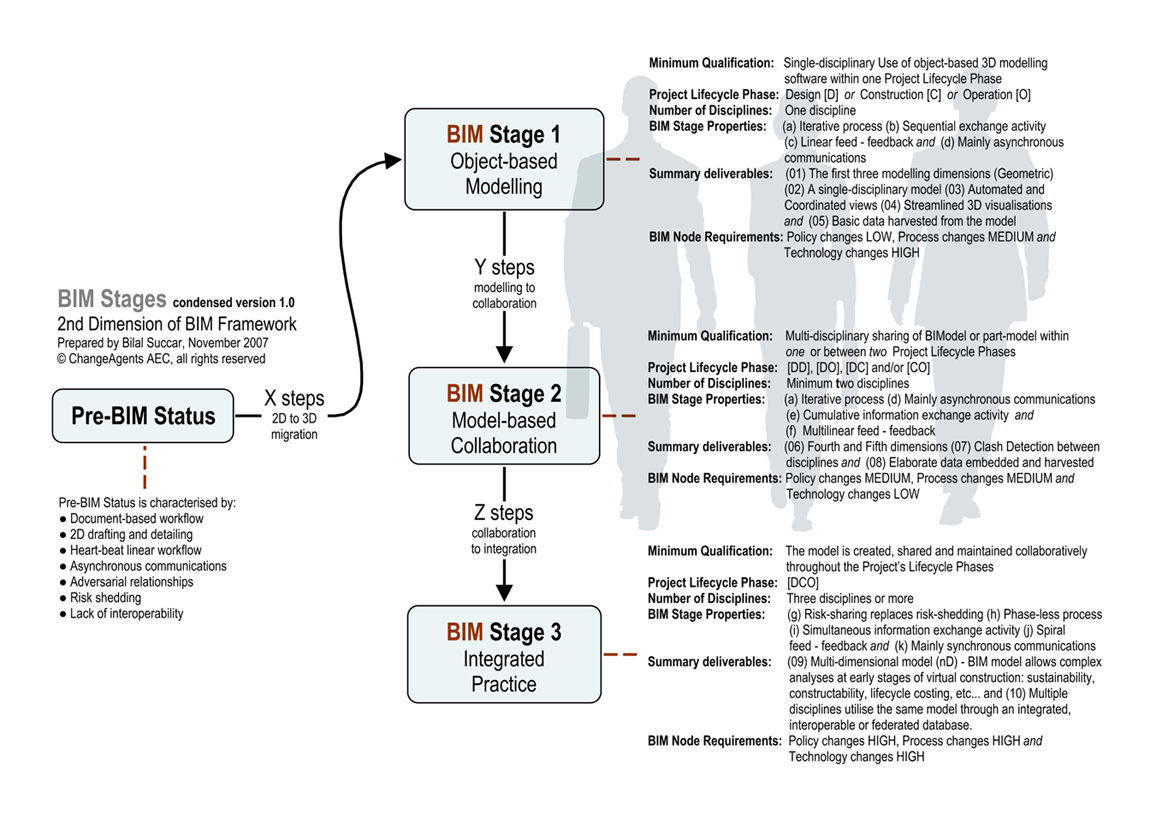
Feb. 18, 2008
Episode 8: Understanding BIM Stages
While BIM Stage 1 only needs a BIM application and a champion and Stage 2 needs two players and the will to collaborate, Stage 3 needs much more than that. The Integrated Practice will need a systematic understanding followed by systematic consolidation of all relevant Technologies, Processes and Policies…It may be a long deployment road ahead of us but it’s surely a scenic one
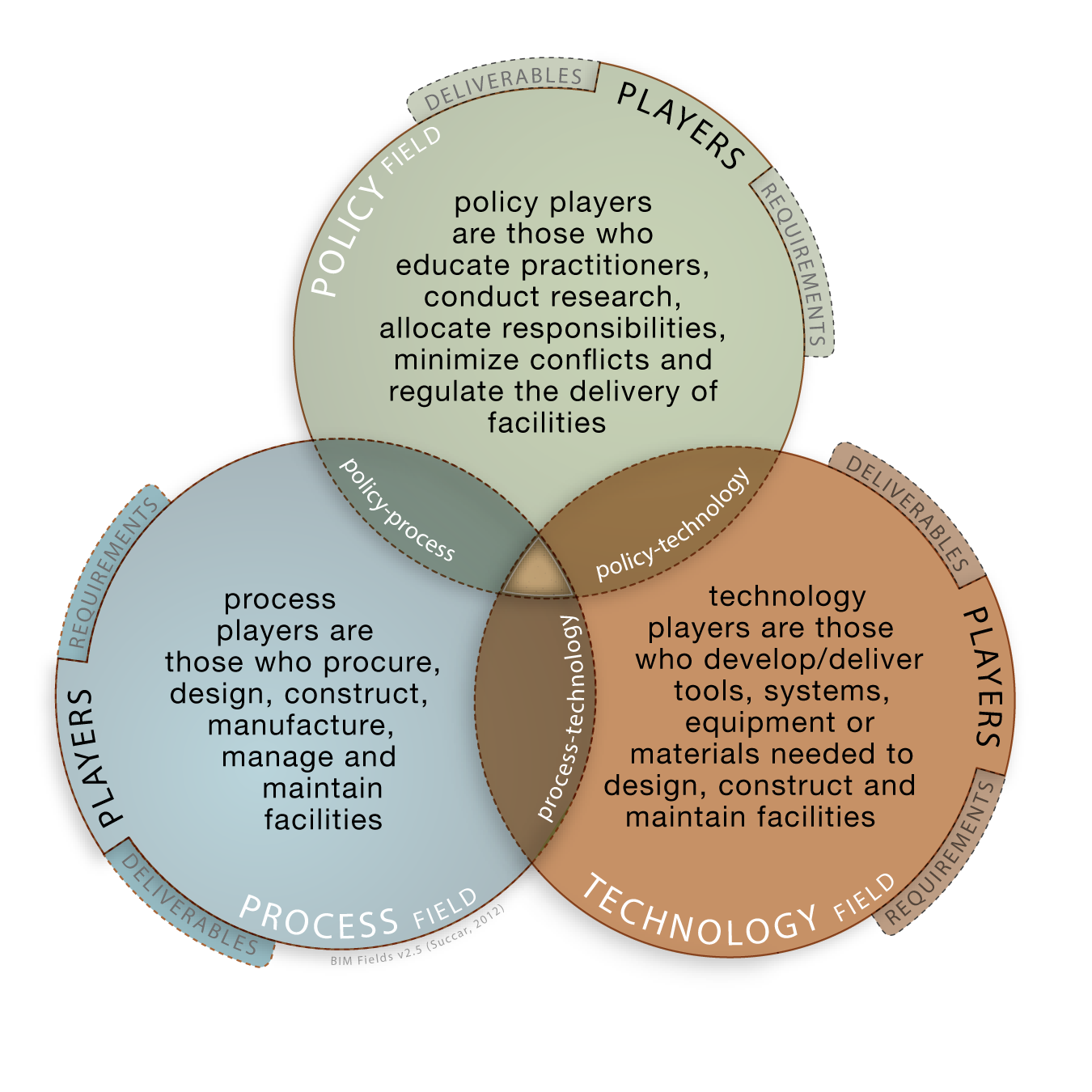
Feb. 02, 2008
Episode 7: Understanding BIM Nodes (BIM Fields)
The confusion in BIM discussions and implementations can be dramatically reduced by systematically analysing the larger-than-life concept. We’ll do that by subdividing Building Information Modelling into its basic components and then relate them back to each other in a – hopefully – meaningful and useful way.
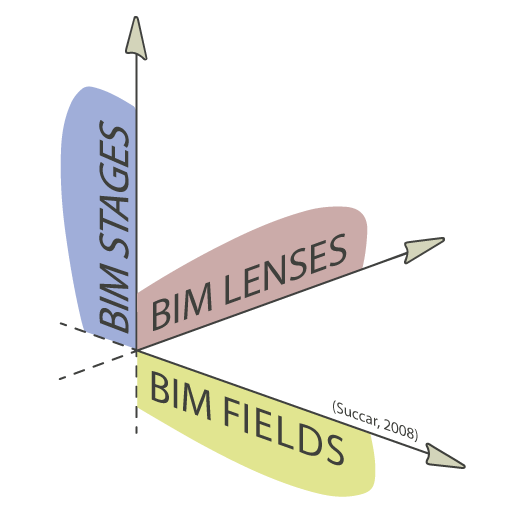
Jan. 20, 2008
Episode 6: A systematic understanding of BIM
Building information Modelling can be a very difficult topic to define. Just try to discuss it with a colleague and – more probably than not – you’ll end up discussing endlessly overlapping topics. For example, you start to discuss BIM’s effcts on industry and you end up comparing software solutions. Or, the topic starts with how to collaborate around the

Nov. 19, 2007
SMARTcodes – the shape of things to come…
Building Information Modelling has promised a lot of added-value automation out of a well-constructed object model. After a few years of inflated expectations, it is good to start witnessing an increase in the availability of industrial-quality (as opposed to research-quality) tools targeting the rich data embedded within models. One of these ‘tools’ is SMARTcodes, an initiative by the International Code

Oct. 19, 2007
From 2D to 3D – a sound advice
I have read this entry and found the advices provided in it sound and succinct – a good chance for me to ease into public blogging again. Gary Lamit – a mechanical CAD consultant – helps companies migrate from 2D to 3D. Below is the most relevant part of what he had to say (emphasis added): “I think the overall

Mar. 14, 2007
BIM standards…a reminder
The emergent National (US) BIM Standard is an excellent effort by NIBS and the IAI and serves as a reminder for reluctant industry players to accelerate their BIM investigations and implementation efforts. The existence of a standard, arguably incomplete, is a strong indication of the rapidly maturing nature of BIM processes and policies (refer to the press release below). Make

Mar. 10, 2007
Digital Project® – first impressions
I have decided to undertake the advanced training necessary to understand Digital Project – Frank O. Gehry’s digital platform for design and construction. So over the past few weeks, I submitted myself to an intensive training regime which turned out to be very challenging yet highly rewarding. FIRST let me share with you that I am more than impressed from

Feb. 07, 2006
Episode 5: BIM Data Sharing Methodologies
BIModellers can share little or much information available across desperate industry domains. The optimal BIModeller would have the ability to display, calculate and share all data necessary between disciplines without loss or workflow conflicts This ability, or lack of, is a function of the technology used, the process deployed and the parties (knowledge workers) involved. This episode is available in

Jan. 07, 2006
Episode 4: BIM vs. Partial BIM
Adopting the graphical language of Figure 3.1 (Episode 3), a Building Information Model is sprung into digital existence whenever the object-based model includes different data colours; inter-disciplinary information generated in two or more disciplines or domains. That lacking, the model can only be labelled as a partial BIM. This episode is available in other languages. For a list of all

Dec. 23, 2005
Episode 3: Focus on Information
“Architecture does not create buildings but creates information that creates buildings” BIModellers do not depict nor encode the full scope of industry knowledge even within individual sectors (Architecture, Engineering or Construction). To express the matter differently, we first need to decipher what is really meant by ‘information’ within Building Information Modelling: This episode is available in other languages. For a list

Dec. 18, 2005
Episode 2: Focus on Modelling
Not all models or modellers qualify as BIM. Although there are neither clear definitions nor umbrella agreements of what constitutes a Building Information Modeller, researchers and software developers alike allude to a lowest common denominator. This episode is available in other languages. For a list of all translated episodes, pleaser refer to https://bimexcellence.org/thinkspace/translations/. The original English version continues below: This non-declared denominator is

Dec. 09, 2005
Episode 1: Introduction
The BIM Episodes Exploring the boundaries of Building Information Modelling We all may have read various definitions of Building Information Modelling (BIM) and most do not provide a comprehensive understanding of the evolving term. This article is no different; it is yet another attempt to define and understand the ever changing boundaries of the BIM concept as well as the

Oct. 29, 2005
Welcome to BIM ThinkSpace
There are accelerating changes affecting the Architecture, Engineering and Construction (AEC) Industry; changes that are caused by technology, emerging standards and process changes. The amount of movement and its witnessed effects are potent, exciting and wide ranging. This BIM ThinkSpace is for those interested in discussing Building Information Modelling (BIM), Interoperability, Process Integration, nD Modelling and related topics. I hope